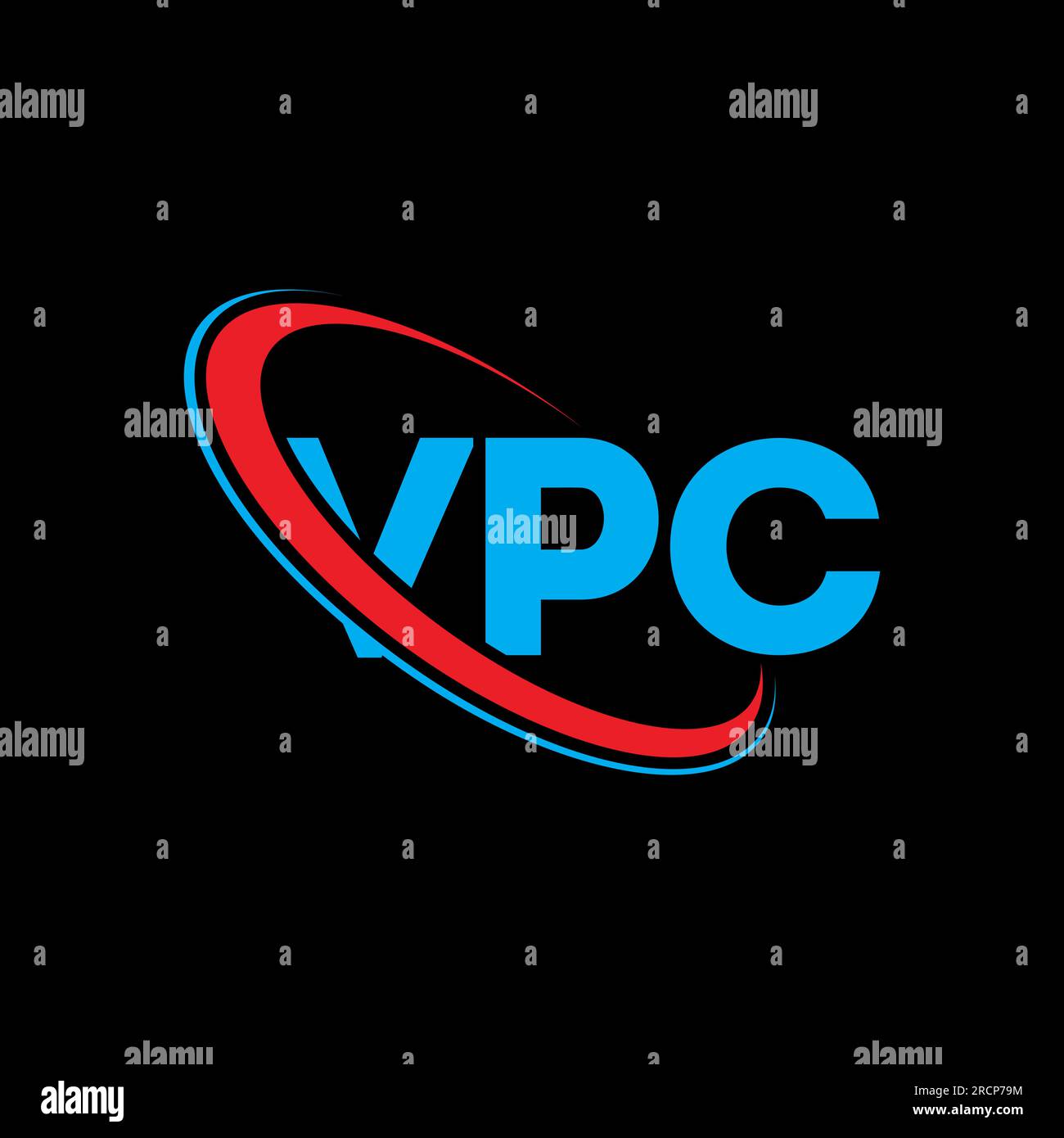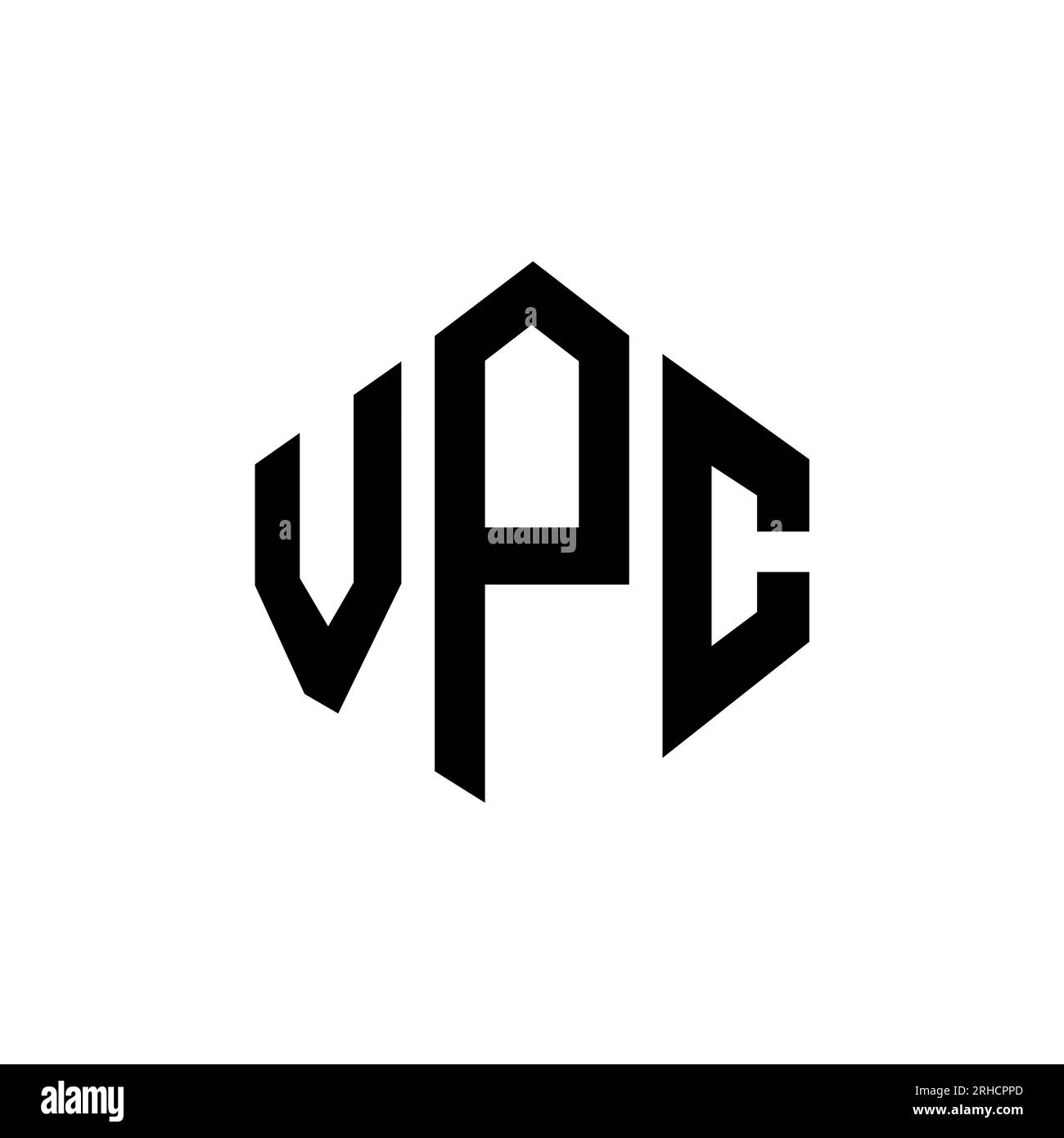Setting up a Virtual Private Cloud (VPC) is crucial for ensuring secure and scalable network infrastructure, especially when working with IoT devices and remote systems. RemoteIoT VPC tutorial provides a step-by-step guide to help you configure and manage your cloud environment effectively. Whether you're a developer, IT professional, or IoT enthusiast, mastering this process can elevate your project's efficiency and security. By leveraging RemoteIoT's robust tools, you can create a VPC that isolates your resources, controls access, and optimizes performance. This guide will walk you through everything you need to know, from the basics to advanced configurations, ensuring you gain maximum value from the RemoteIoT platform.
With the increasing demand for remote connectivity and IoT solutions, understanding how to set up and manage a VPC is more important than ever. RemoteIoT's VPC tutorial is designed to simplify this process, offering clear instructions and practical tips. Whether you're looking to enhance your knowledge or troubleshoot specific issues, this guide will serve as your go-to resource. By the end of this article, you'll have a solid understanding of how to configure a VPC that meets your unique requirements, ensuring seamless integration with your IoT devices and applications.
The RemoteIoT VPC tutorial not only focuses on the technical aspects but also emphasizes the importance of security and scalability. As businesses continue to adopt cloud-based solutions, the need for secure and reliable networks becomes paramount. This tutorial will equip you with the knowledge to implement best practices, avoid common pitfalls, and optimize your VPC for maximum performance. By following this guide, you'll be able to harness the full potential of RemoteIoT's VPC capabilities, ensuring your IoT projects run smoothly and efficiently.
Read also:Nicole Kidmans Transformation A Journey Through Time
Table of Contents
- What is RemoteIoT VPC?
- Why Use RemoteIoT VPC?
- How to Set Up RemoteIoT VPC?
- What Are the Key Features of RemoteIoT VPC?
- How to Secure Your RemoteIoT VPC?
- Can You Scale RemoteIoT VPC for Larger Projects?
- What Are Common Mistakes in RemoteIoT VPC Setup?
- How to Troubleshoot RemoteIoT VPC Issues?
- How to Optimize RemoteIoT VPC Performance?
- Conclusion
What is RemoteIoT VPC?
RemoteIoT VPC, or Virtual Private Cloud, is a secure and isolated network environment within the RemoteIoT platform. It allows users to create and manage their cloud resources in a way that mimics a traditional on-premises data center. By leveraging RemoteIoT VPC, you can ensure that your IoT devices and applications are connected securely and efficiently. This setup provides complete control over your network, including IP address ranges, subnets, route tables, and gateways.
The primary advantage of using RemoteIoT VPC is the ability to isolate your resources from other users while still benefiting from the scalability and flexibility of cloud computing. This isolation ensures that your data and applications remain secure, even when accessed remotely. Additionally, RemoteIoT VPC supports advanced features like network access control lists (ACLs), security groups, and VPN connections, making it an ideal solution for businesses that prioritize security and performance.
Why Use RemoteIoT VPC?
There are several compelling reasons to use RemoteIoT VPC for your IoT projects. First and foremost, it provides a secure environment for your devices and applications. By isolating your resources within a VPC, you can prevent unauthorized access and reduce the risk of cyberattacks. This is particularly important for IoT devices, which often handle sensitive data and require robust security measures.
Another key benefit of RemoteIoT VPC is its scalability. As your project grows, you can easily add more resources to your VPC without worrying about performance degradation. This flexibility ensures that your network can adapt to changing demands, making it an ideal choice for businesses of all sizes. Additionally, RemoteIoT VPC offers cost-effective solutions, allowing you to pay only for the resources you use.
How to Set Up RemoteIoT VPC?
Setting up a RemoteIoT VPC is a straightforward process, but it requires careful planning to ensure optimal performance. Follow these steps to get started:
- Create a new VPC by logging into your RemoteIoT account and navigating to the VPC section.
- Define your IP address range and configure subnets to segment your network.
- Set up route tables and configure internet gateways to enable communication between your VPC and external networks.
- Apply security groups and network ACLs to control access to your resources.
By following these steps, you can create a secure and efficient RemoteIoT VPC that meets your project's requirements.
Read also:Who Is Sawyer In Lost Unraveling The Mystery Of The Complex Character
What Are the Key Features of RemoteIoT VPC?
RemoteIoT VPC comes with several features that make it a powerful tool for managing IoT devices and applications. Some of the most notable features include:
- Network isolation to ensure data security and privacy.
- Customizable IP address ranges and subnets for flexible network design.
- Advanced security measures like security groups and network ACLs.
- Support for VPN connections to enable secure remote access.
These features make RemoteIoT VPC an ideal choice for businesses that require a secure and scalable network environment.
How to Secure Your RemoteIoT VPC?
Security is a top priority when setting up a RemoteIoT VPC. To ensure your network is protected, follow these best practices:
- Use security groups to control inbound and outbound traffic.
- Implement network ACLs to add an additional layer of security.
- Enable logging and monitoring to detect and respond to potential threats.
- Regularly update your security configurations to address new vulnerabilities.
By taking these steps, you can create a secure RemoteIoT VPC that safeguards your data and applications.
Can You Scale RemoteIoT VPC for Larger Projects?
Yes, RemoteIoT VPC is designed to scale with your project's needs. Whether you're managing a small IoT deployment or a large-scale enterprise solution, RemoteIoT VPC can adapt to your requirements. By adding more subnets, increasing your IP address range, and optimizing your network configuration, you can ensure that your VPC remains efficient and reliable as your project grows.
What Are Common Mistakes in RemoteIoT VPC Setup?
While setting up a RemoteIoT VPC is relatively straightforward, there are some common mistakes that users should avoid:
- Overlooking security configurations, such as failing to set up security groups or network ACLs.
- Not planning your IP address range and subnet structure carefully.
- Ignoring monitoring and logging tools, which can help identify and resolve issues quickly.
By being aware of these pitfalls, you can ensure a smooth and successful RemoteIoT VPC setup.
How to Troubleshoot RemoteIoT VPC Issues?
If you encounter issues with your RemoteIoT VPC, there are several steps you can take to troubleshoot and resolve them:
- Check your security groups and network ACLs to ensure they are configured correctly.
- Review your route tables and internet gateway settings to verify connectivity.
- Use logging and monitoring tools to identify potential problems.
- Consult the RemoteIoT documentation or support team for additional guidance.
By following these steps, you can quickly identify and fix issues with your VPC.
How to Optimize RemoteIoT VPC Performance?
Optimizing your RemoteIoT VPC performance involves several key strategies:
- Use efficient subnet designs to minimize latency and improve communication.
- Implement load balancing to distribute traffic evenly across your resources.
- Regularly monitor your network to identify and address bottlenecks.
By implementing these strategies, you can ensure that your RemoteIoT VPC operates at peak performance.
Conclusion
Mastering the RemoteIoT VPC tutorial is essential for anyone looking to build a secure and scalable network for their IoT projects. By following the steps outlined in this guide, you can create a VPC that meets your specific needs while ensuring optimal performance and security. Whether you're a beginner or an experienced professional, this tutorial provides valuable insights and practical tips to help you succeed. With RemoteIoT VPC, you can confidently manage your IoT devices and applications, knowing that your network is secure, efficient, and ready to scale.

